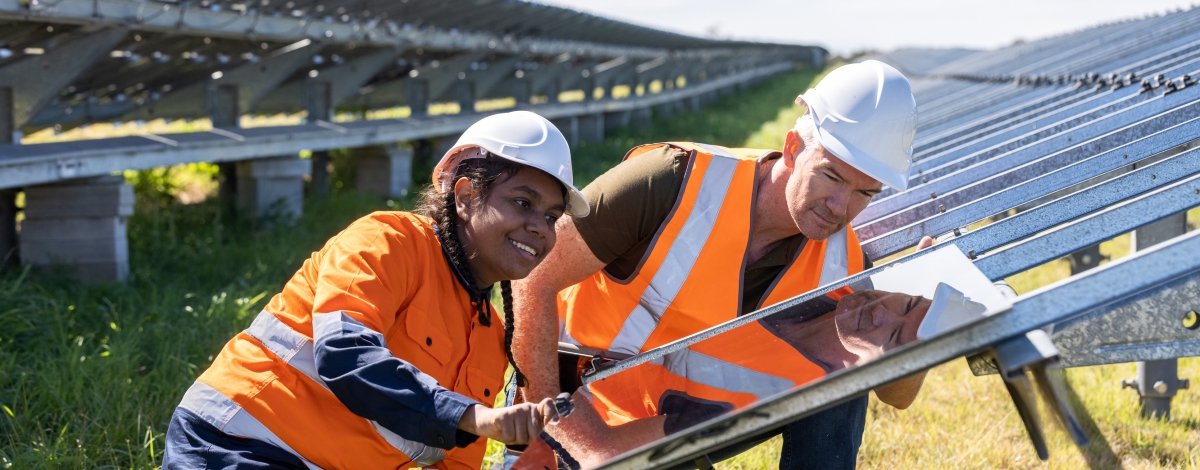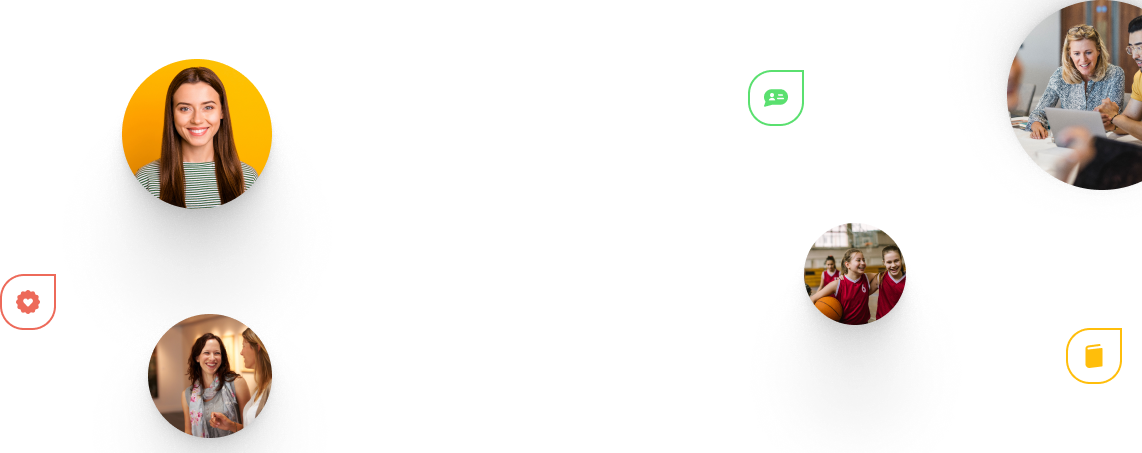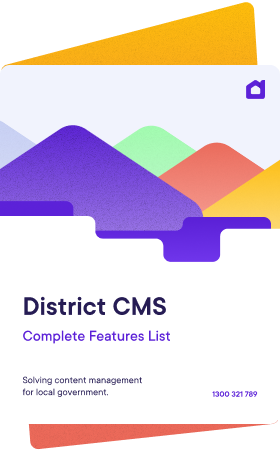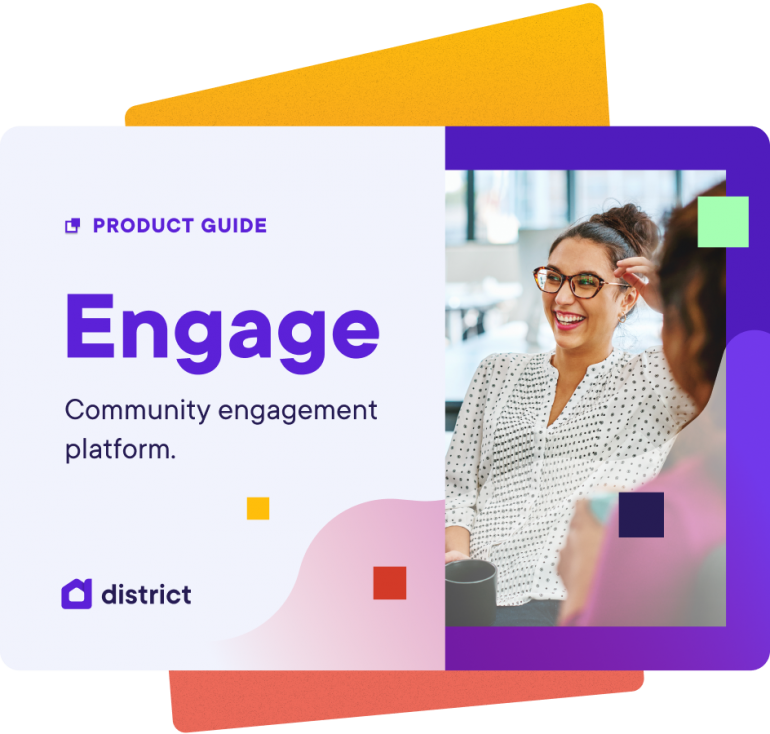The global transition to renewable energy sources is reshaping communities, powering new industries, and helping us imagine a carbon-neutral future. But like any major capital-building project, it has the power to cause great upheaval.
As our traditional energy assets age, government and private enterprise are investing in renewable energy projects and upgrading transmission lines in order to deliver green, clean energy where it is needed. For this project to be successful, community support from landholders and communities, whose lives are affected by the rollout of energy infrastructure, is essential.
The renewable energy rollout needs community support
Australia's traditional power sources, coal-fired power plants, are being gradually decommissioned due to their age and changing global energy markets.
Suddenly, the transition to renewable energy is increasingly urgent.
At the coalface (excuse the pun!) of this push to renewables, are the small communities and landholders in regional and remote Australia who are facing pressure from the rollout of wind farms, solar farms, energy storage facilities and transmission lines, right across the agricultural heartland of Australia.
Without widespread community support, this nation building project faces an uphill battle, and risks alienating local communities.
To improve outcomes for regional and rural communities, and help shore up support for the energy transition, it’s essential that business and governments work together to engage the community from the outset in projects that will affect their lives and livelihoods.
Why community engagement is essential
One way to do this is with a community engagement platform.
A community engagement platform, like District Engage, is uniquely positioned to provide a dedicated space for governments and industry groups to listen and respond to the concerns raised by landholders and communities.
District Engage offers a safe, inclusive and accessible forum for important information about energy transition projects to be discussed and debated. It's equipped with powerful reporting tools that can analyse community feedback and provide data-driven insights to guide good policy and shape positive project outcomes - which is especially important when it comes to building trust, social licence and community support for projects.
Leveraging community engagement tools
A digital consultation project provides regional and remote communities the opportunity to participate in discussions and share ideas, regardless of time or distance. Here are some of the powerful engagement tools provided out-of-the-box by District Engage:
- Simple or complex Surveys can gather important community feedback and reveal local insights and attitudes to energy infrastructure in their district.
- An Ideas Board lets individuals share their ideas and comments in an open forum, which can be voted on by community members.
- The Ideas Map transforms these ideas and comments into interactive spatial markers on a map, which is particularly useful in rural and regional areas and enables individuals to share information about endangered species, indigenous sacred sites, agricultural practices, or local infrastructure, for example.
- Events such as community forums, town-hall meetings and expert panels can be promoted and managed on the website.
- Project managers can publish advice and information from industry and leading experts and answer frequently asked Questions on the website.
- The Map tool lets project managers provide clearly defined spatial information about the project with the ability to add interactive layers, shapes, markers and hotspots onto the map for providing deeper context about the project.
- Community members can register to receive regular Updates about the project, and also receive notifications about new projects in their region or areas of interest.
- A Timeline offers a clear and detailed description of the various stages of a project, with opportunities for community consultation at each stage.
- The powerful Reporting and Analytics capability helps stakeholders understand differing community attitudes to the project, and can provide data-driven insights to improve outcomes for the community and the project.
How to build community support
Here are three ways a community engagement platform can help build community support for the transition to renewable energy.
1. Foster local support
To secure support for the rollout of infrastructure for renewable energy, it’s essential to engage communities that are affected. When residents are actively involved in the decision-making process, they are more likely to support and endorse these projects.
District Engage is an easily accessible digital platform where local residents can voice their opinions, express their concerns and participate in shaping renewable energy projects. The community feedback is essential to ensure the infrastructure is aligned with local needs and values.
2. Build awareness
An effective community engagement platform like District Engage is essential for raising awareness about the benefits of renewable energy. Local forums, educational programs and digital campaigns help convey the advantages of transitioning to clean energy sources, making residents more informed and positive about advocating and supporting such initiatives.
Consider using District Engage to organise educational workshops and seminars about renewable energy topics. Alternatively, encourage residents to participate in citizen science projects, such as collecting data on local energy usage or environmental impacts. This can help raise awareness and empower local residents to take action.
3. Crowdsource ideas
District Engage’s digital platform provides a forum for individuals to contribute innovative ideas and solutions. Local insights can lead to more efficient solutions that are tailored for individual communities.
For government and industry stakeholders seeking to transform their energy infrastructure, genuine community engagement is essential. Social licence for such a substantial project can only come from forging a meaningful relationship with landholders and communities, based on listening, understanding and open dialogue that is respectful of all views.
A digital engagement platform like District Engage can help to foster this conversation and raise awareness, enable community-led initiatives, crowdsource ideas and empower communities to actively participate in shaping a sustainable future. Together, we can pave the way for a cleaner and brighter energy landscape.



